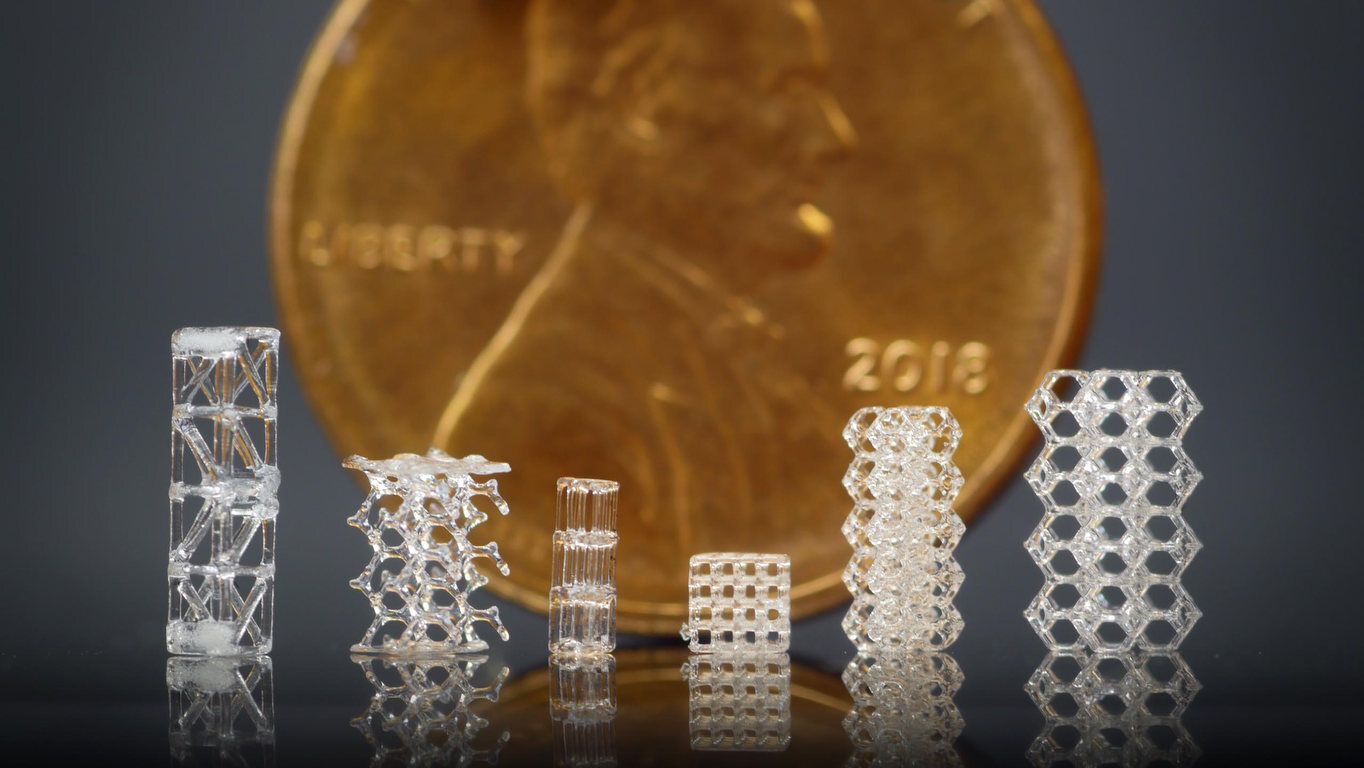It looks like she is holding a pistol.
- 27 Posts
- 1.4K Comments

 271·7 days ago
271·7 days agoGood analysis, but you failed to point out that the truck will be towing the whole assembly. Pushing this contraption in reverse could be a hair problematic.
If he is actually towing it, there is probably an 80% chance the actual truck would detonate the AT mine first, depending on how touchy the trigger was and if it’s ran over directly. (The rig would probably deflect more of the blast back through the truck.)
Just be glad he didn’t bust out the black sharpie.

 4·8 days ago
4·8 days agoYeah, so it’s probably regional. My family from your part of the world doesn’t use the colorful language I learned in NC. In many ways, it’s it’s more than just a dialect difference, it’s an entirely different language. Idioms are much more common, or at least, more colorful.

 4·8 days ago
4·8 days agoThat is what my kids call me… old-timey.

 5·8 days ago
5·8 days agoI am in my 40’s, so it’s around the same era. All I am saying is that I have heard all of that slang before and it isn’t made up. (I even occasionally use “gag a maggot”, actually.)

 10·8 days ago
10·8 days agoMuch of that slang is just old and none is made up by him. The consistency of application is something that should be noted though.
I know “gag a maggot” is at least +30 years old from when I was a kid. It could be older. I also grew up in NC, so the slang could have even been regional.

 81·11 days ago
81·11 days agoFake or outdated info, actually. While this is a small tangent, I make it a habit to review basic, introductory information on a regular basis. (For example, I’ll still watch the occasional 3D printer 101 guide even though I could probably build one from scratch while blindfolded.)
I have been in IT for a very long time and have branched out into other engineering fields over the years. What I have found, unsurprisingly, is that methods and theories can get outdated quick. So, regularly reviewing things I consider “engineering gospel” is just healthy practice.
For the topic at hand, it doesn’t take much misinformation (or outdated information) to morph into something absolutely fake, or at best, completely wrong. It takes work to separate fact from fiction and many people are too lazy to look past internet pictures with words, or 15 second video clips. (It’s also hard to break out of believing unverified information “just because that’s the way is”.)

 22·11 days ago
22·11 days agoIt doesn’t matter if it’s a dumb theory. Repeat a conspiracy theory enough and it sticks. (That is not surprising given the number of people that believe in magic.)

 14·11 days ago
14·11 days agoNot according to some.

 2·13 days ago
2·13 days agoAll good! It’s the same situation as I described and I see that increasing temps did help. It’s good to do a temperature tower test for quality and also a full speed test after that. After temperature calibration, print a square that is only 2 or 3 bottom layers that covers the entire bed at full speed or faster. (It’s essentially a combined adhesion/leveling/extrusion volume/z offset test, but you need to understand what you are looking at to see the issues separately.)
If you have extrusion problems, the layer line will start strong from the corners, get thin during the acceleration and may thicken up again at the bottom of the deceleration curve. A tiny bit of line width variation is normal, but full line separation needs attention.
Just be aware if you get caught in a loop of needing to keep bumping up temperatures as that starts to get into thermistor, heating element or even some mechanical issues/problems.

 8·13 days ago
8·13 days agoI suppose you are correct. If the bit isn’t structural, it doesn’t need to pass any test for microcracks. If it is structural and it passes testing, YOLO that shit.
It’s just the core frames that need serious attention though. I don’t think I have been around a single aircraft that wasn’t constantly bleeding some kind of fluid, so everything else not related to getting the thing in the air and keeping it from completely disintegrating while in flight is mostly optional. (I am joking, but not really. Airplanes hold the weird dichotomy of being strangely robust and extremely fragile at the same time.)

 151·13 days ago
151·13 days agoAnd there are significant technology differences. The new upgrade will be the B-52J or K.
Proper aircraft maintenance cycles are intense, so it would surprise me if any of airframes we use now have 1952 original parts. Aircraft are subject to lots of vibration and the aluminum in B-52s will eventually stress-crack because of it. (It wouldn’t surprise me if composites were added in many places instead of aluminum replacements, but that is just speculation.)
Also during those maintenance cycles, it’s much easier to do systems upgrades since the aircraft is basically torn down to its frame anyway.
It’s the same design to what we had in 1952, but they ain’t the same aircraft, philosophically speaking.

 51·13 days ago
51·13 days agoI’m down with that logic, but the bot is just going to keep doing its botty things.

 881·13 days ago
881·13 days agoPutin has been saying NATO was already at war with Russia, so what is it, bub? You can’t start a war that is already started, supposedly.
Hell, there was even a Ukrainian video released from Kursk of some old dude telling Ukrainian soldiers that he expected US troops… because the TV said it was the US that was invading Russia.

 6·13 days ago
6·13 days agoReport it. (New account, blog spam, funky domain, poorly configured server, etc.)

 71·13 days ago
71·13 days agoYou were right for once, bot. Too bad that is a rare occurrence.

 41·13 days ago
41·13 days agoI concur, doctor. I’ll report all its posts and let the mods decide what they want to do.

 41·13 days ago
41·13 days agoOk, cool. Usually those are attached to random sales fronts to boost SEO or something like that. Odd that this one is just blog spamming into the void and getting boosted here, of all places.
It doesn’t seem harmful, but I don’t understand the motivation behind it yet.
Could be a reputation bot here on Lemmy, maybe. That makes sense on Reddit where there is visible karma, but here? (I dunno how kbin works or if it is karma driven. I just noticed that…)










Well, you can’t break something that’s already broken.